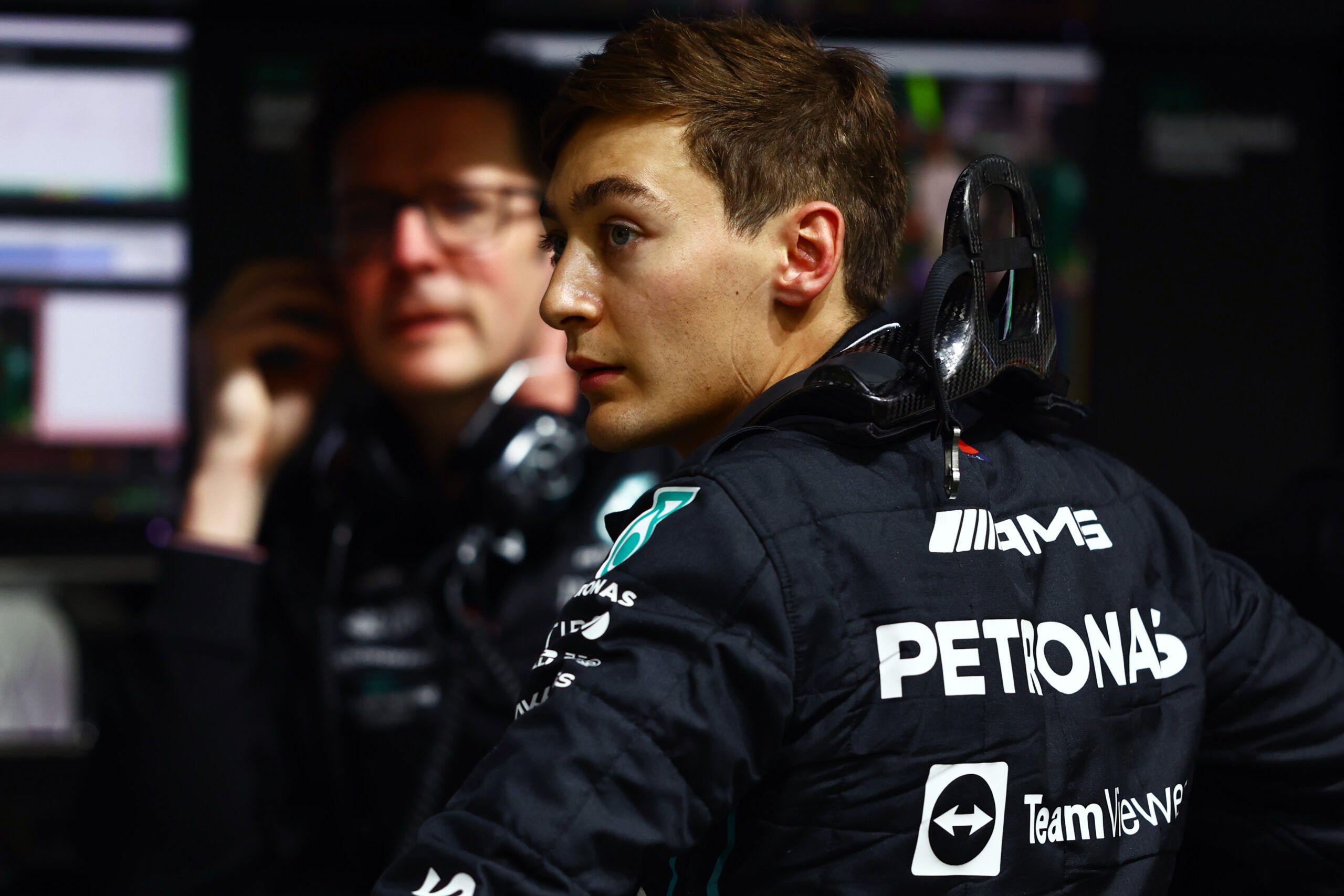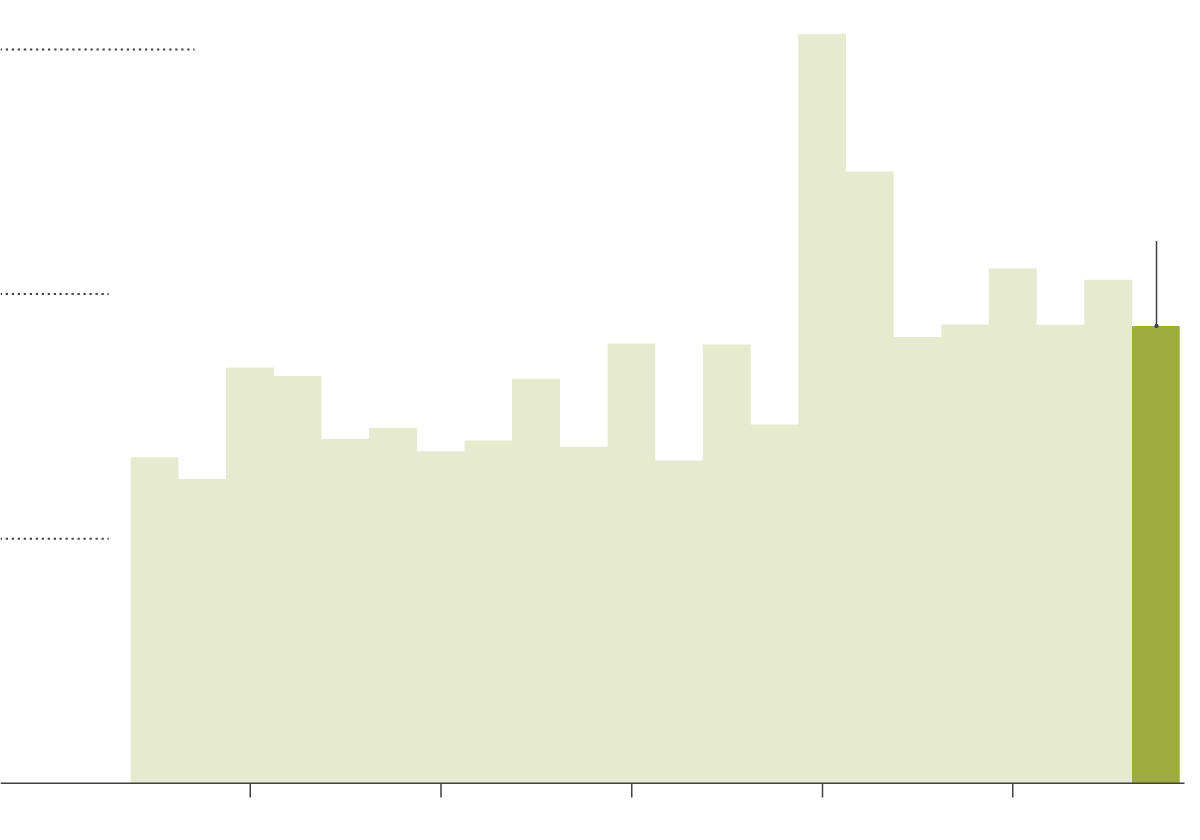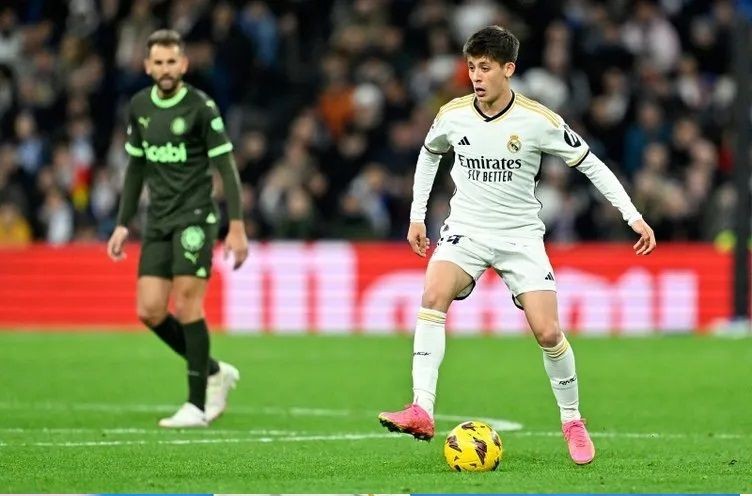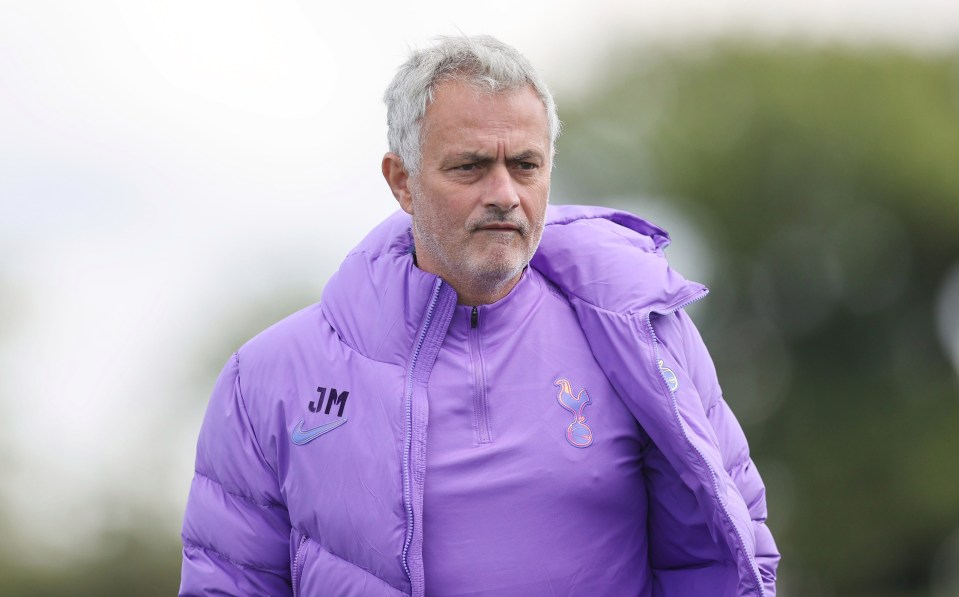How George Russell Fixed Mercedes' Biggest Problem

Table of Contents
Understanding Mercedes' Porpoising Problem
The W13's Design Flaw
Mercedes' ambitious W13 design, heavily reliant on ground effect aerodynamics to generate downforce, proved to be a double-edged sword. The extremely low ride height necessary to maximize this downforce created instability, leading to the extreme porpoising.
- Ground effect aerodynamics: The W13's design aimed to utilize the air flowing under the car to generate significant downforce.
- Low-ride height: To maximize ground effect, the car needed to operate incredibly close to the track surface.
- Instability: This low ride height made the car highly sensitive to even minor variations in the track surface and airflow.
- Bouncing (Porpoising): The instability resulted in the car violently bouncing, impacting performance and driver comfort.
- Performance limitations: Porpoising limited the car's ability to achieve optimal downforce and cornering speeds, directly affecting race pace and qualifying performance.
The porpoising also led to excessive tire wear and hampered driver confidence, creating a vicious cycle of performance loss.
Initial Attempts at a Solution
Mercedes initially attempted several solutions to mitigate the porpoising, but early efforts proved largely unsuccessful.
- Ride height adjustments: Raising the ride height reduced porpoising but sacrificed crucial downforce, resulting in a significant loss of overall performance.
- Aerodynamic tweaks: Minor adjustments to the aerodynamic surfaces yielded minimal improvements and often introduced new handling problems.
- Suspension modifications: Changes to the suspension setup helped to a degree, but didn't fully eliminate the porpoising.
- Early-season struggles: These initial attempts yielded limited success, resulting in a disappointing start to the season and a significant gap to the leading teams.
The early struggles significantly impacted team morale and cast doubt on Mercedes' ability to compete for the championship.
George Russell's Crucial Role
Exceptional Driver Feedback
George Russell proved to be instrumental in overcoming the porpoising crisis, primarily due to his exceptional ability to provide clear and detailed feedback to the engineers.
- Precise descriptions of car behavior: Russell meticulously documented the car's behaviour under various track conditions and driving styles.
- Consistent data gathering: He provided consistent and reliable data, allowing engineers to identify patterns and refine their solutions.
- Identifying key areas for improvement: His feedback pinpointed specific areas where the car's behavior was most problematic.
- Collaboration with engineers: Russell actively collaborated with the engineers, working closely with them to analyze data and refine setup adjustments.
His precision in explaining nuances of the car's behavior, often beyond what telemetry alone could capture, was invaluable.
Adaptability and Setup Optimization
Russell's driving style and adaptability further enhanced his effectiveness.
- Finding optimal setup compromises: He helped engineers find setup compromises that balanced minimizing porpoising with maintaining sufficient downforce.
- Maximizing downforce: By working closely with the engineers, Russell helped find ways to maximize downforce without exacerbating the porpoising.
- Minimizing porpoising: His feedback helped to fine-tune the setup, significantly reducing the severity and frequency of the bouncing.
- Efficient tire management: His driving style allowed for better tire management, even with the initial challenges presented by the porpoising.
By working with the engineers to find a setup that suited his driving style while optimizing the car's overall performance, Russell provided an invaluable contribution.
The Impact of the Solution
Improved Performance and Race Results
Addressing the porpoising issue dramatically improved the W13's performance.
- Increased race pace: The car showed a significant increase in race pace, consistently closing the gap to the leading teams.
- Improved qualifying results: Mercedes secured better qualifying positions, consistently placing higher on the grid.
- Consistent points finishes: The team achieved more consistent points finishes, improving their position in the constructors' championship.
- Reduction in tire wear: The reduced bouncing significantly reduced tire wear, allowing for more strategic tire management.
- Better car handling: The improved stability and reduced bouncing resulted in better overall car handling, improving driver confidence.
Specific races like the British Grand Prix and later races highlighted the significant improvement.
Lessons Learned and Future Implications
The experience with the W13 taught Mercedes valuable lessons about car design and driver-engineer collaboration.
- Importance of driver feedback: The experience underscored the crucial role of high-quality driver feedback in resolving complex engineering challenges.
- Iterative design process: The solution involved a rigorous iterative process of testing, analysis, and refinement, showcasing the importance of this approach.
- Understanding complex aerodynamic interactions: Mercedes gained a deeper understanding of the complex aerodynamic interactions involved in ground effect cars.
- The value of adaptability: The ability to adapt and modify the car throughout the season, reacting to both successes and setbacks, proved essential.
The successful resolution of the porpoising issue has long-term implications for Mercedes' future car designs and overall team strategy.
Conclusion
This article demonstrated how George Russell's exceptional driving skills, particularly his detailed feedback and adaptability, were pivotal in helping Mercedes overcome their significant porpoising problem. His contributions were instrumental in improving the W13's performance and securing better race results. The team's success highlights the essential role of driver-engineer collaboration in Formula 1, proving that even the most innovative designs require effective teamwork to reach their full potential.
Call to Action: Want to learn more about how George Russell's contributions reshaped the Mercedes team's fortunes? Explore more Formula 1 technical insights and driver analyses on our website! Discover how George Russell's in-depth understanding of the W13's issues helped redefine Mercedes' performance and secure their future.

Featured Posts
-
 Activision Blizzard Acquisition Ftc Launches Appeal
May 26, 2025
Activision Blizzard Acquisition Ftc Launches Appeal
May 26, 2025 -
 Auf Dem Weg Zum Aufstieg Der Hsv Zwischen Zwei Wichtigen Terminen
May 26, 2025
Auf Dem Weg Zum Aufstieg Der Hsv Zwischen Zwei Wichtigen Terminen
May 26, 2025 -
 New Horror Movie Sinners Filmed In The Louisiana Swamps
May 26, 2025
New Horror Movie Sinners Filmed In The Louisiana Swamps
May 26, 2025 -
 Wildfires Drive Record Breaking Global Forest Loss
May 26, 2025
Wildfires Drive Record Breaking Global Forest Loss
May 26, 2025 -
 Uefa Nin Real Madrid Sorusturmasi Ne Bekleniyor
May 26, 2025
Uefa Nin Real Madrid Sorusturmasi Ne Bekleniyor
May 26, 2025
Latest Posts
-
 Is Kanye West Controlling Bianca Censoris Life An Insider Perspective
May 28, 2025
Is Kanye West Controlling Bianca Censoris Life An Insider Perspective
May 28, 2025 -
 Arsenals Potential Surprise Signing Luis Diaz
May 28, 2025
Arsenals Potential Surprise Signing Luis Diaz
May 28, 2025 -
 Bianca Censoris Fears An Exclusive Look Into Her Relationship With Kanye West
May 28, 2025
Bianca Censoris Fears An Exclusive Look Into Her Relationship With Kanye West
May 28, 2025 -
 Insider Claims Kanye West Controls Bianca Censoris Life
May 28, 2025
Insider Claims Kanye West Controls Bianca Censoris Life
May 28, 2025 -
 Kanye Wests Flight Abandoning Bianca Censori Amidst Scandal
May 28, 2025
Kanye Wests Flight Abandoning Bianca Censori Amidst Scandal
May 28, 2025
